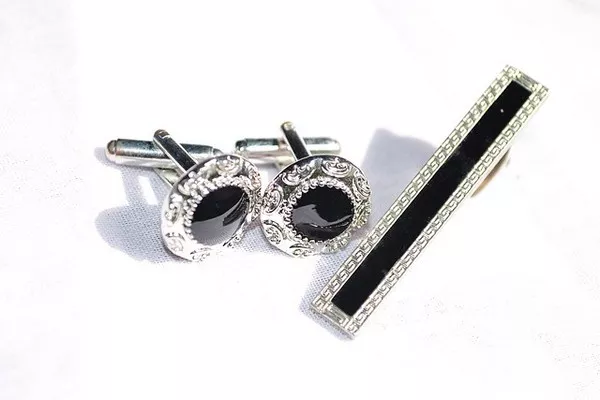In the world of precious metals, silver holds a prominent place as a symbol of wealth and value. Investors and collectors often encounter various terms and designations, and one such term that raises questions is “999 silver clad.” This article aims to unravel the mystery behind this label, exploring the significance of 999 silver clad and what it means for those interested in silver bullion.
Understanding Silver Purity:
Silver is a versatile metal with a rich history of being used for coins, jewelry, and various industrial applications. The purity of silver is typically measured in terms of fineness, expressed as a decimal or percentage. The purest form of silver is considered to be 99.9%, or 999 fine silver. This means that 999 parts out of 1,000 are pure silver, with the remaining 1 part consisting of trace elements.
What Does “Clad” Mean?
The term “clad” in the context of precious metals refers to a layer of one metal covering another. In the case of 999 silver clad, it signifies a silver layer covering a base metal core. This technique is commonly used to create coins and bullion pieces that have the appearance of pure silver while utilizing a more cost-effective material for the core.
Composition of 999 Silver Clad:
The composition of 999 silver clad typically involves a thin layer of pure silver covering a core made of a less expensive metal. This core is often composed of copper, nickel, or a combination of various base metals. The silver layer is applied through a process known as electroplating, where a thin coat of silver is deposited onto the surface of the core.
Advantages of 999 Silver Clad:
Cost-Effective Option: One of the primary advantages of using 999 silver clad is its cost-effectiveness. By using a base metal core, manufacturers can produce items that resemble pure silver at a fraction of the cost. This makes silver clad products more accessible to a wider audience, including investors and collectors with budget constraints.
Durability: The base metal core provides additional durability to the overall structure of silver clad items. This durability makes them less susceptible to wear and tear compared to pure silver products, ensuring a longer lifespan for coins and bullion pieces.
Aesthetic Appeal: 999 silver clad items maintain the visual appeal of pure silver, making them indistinguishable to the naked eye. The electroplating process ensures a seamless and uniform silver layer, giving the appearance of a solid silver product.
Potential Considerations:
While 999 silver clad offers a cost-effective and visually appealing alternative to pure silver, there are some considerations that investors and collectors should keep in mind:
Limited Intrinsic Value: The base metal core significantly reduces the intrinsic value of 999 silver clad items. Unlike pure silver, which has inherent value due to its purity, silver clad items rely on the outer layer for their worth.
Susceptibility to Tarnish: While the silver layer provides resistance to tarnishing, the base metal core may still be susceptible to tarnish over time. This can impact the overall appearance of the item and may require proper care and storage.
Conclusion:
In conclusion, 999 silver clad represents a cost-effective and visually appealing option for individuals interested in silver bullion and collectibles. Understanding the composition of silver clad items, with a thin layer of pure silver electroplated onto a base metal core, allows investors and collectors to make informed decisions based on their preferences and budget constraints. While silver clad may not possess the same intrinsic value as pure silver, its durability, aesthetic appeal, and accessibility make it a viable choice for those looking to expand their precious metal portfolios. As with any investment, careful consideration and research are essential to ensure that 999 silver clad aligns with individual financial goals and preferences.


